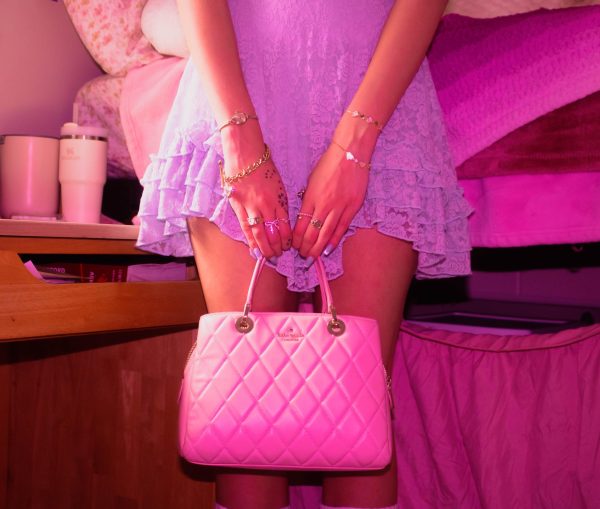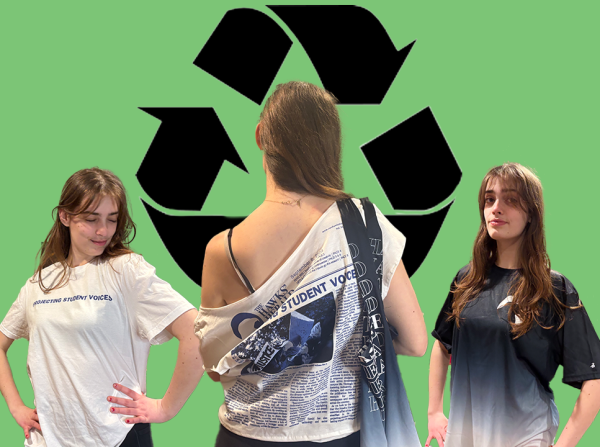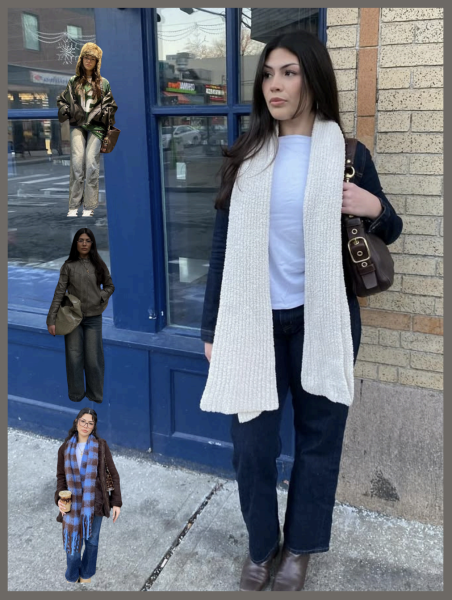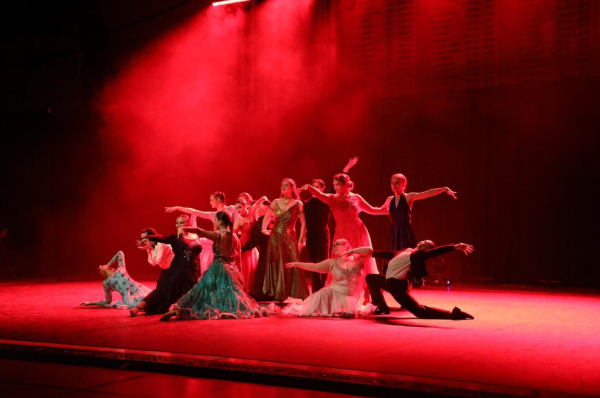The argument of Balthus: Artwork hits touchy subject
Kathryn Sturdevant | Herald Contributor
In early December 2017, a topic rose to the surface about a particular artwork in the Metropolitan Museum of Art in New York City. The work called “Therese Dreaming” by the artist, Balthus, depicts a young girl around the age of 11 sitting in a sexual manner. Mia Merrill tweeted a petition about how she believed this artwork to be romanticizing the sexualization of this young child.
During this time, the #MeToo movement was very dominant and there was a lot of talk about sexual assault in the world. This image seemed to have fit the category of this topic. The only reason why many people were so upset with the painting was because of the age of the girl. She was only a child.
This petition got over 10,000 signatures and agreements, but the Metropolitan refused to take the picture down or to advise a warning near the artwork that expresses the sexualization of the picture. They spoke out against the artwork saying that its purpose was just as similar to the other works of art in the museum. They want artwork to be a conversation piece. The Met’s chief communication officer, Ken Weine, spoke about how visual art such as this work by Balthus is a reflection for the past and the present. The idea of keeping the means of creative expression out in the open is very important to him.
There was a decision about how the artwork was focused on freedom in childhood and how the girl in the image didn’t really care about the way she looked or how she acted. There were many individuals who agreed with this idea that the artwork should stay up as it is because of this expression. The Met and many other museums have artwork that touch on ideas that are extremely controversial and look at the hardship of the human race.
Just a couple of days ago, I went to the Rhode Island School of Design Museum in Providence and there were many artworks, especially in the modern era, that looked at these ideas of our rough past and our future. There was one artwork that was a series of words on the wall that spelled out “Holocaust,” but as it did, there were other words that were very vulgar and offensive. However, the point of the artwork was the vulgarity and how offensive and horrific those times were during the Holocaust.
Artwork can be looked at in many different ways and that’s what Weine talked about with Balthus’s artwork. Although there were people who felt uncomfortable with the painting, there were others who saw the girl as free. Art is interpreted in many different forms for individuals and that is its job. The Met continued to keep the painting up for those very reasons.





